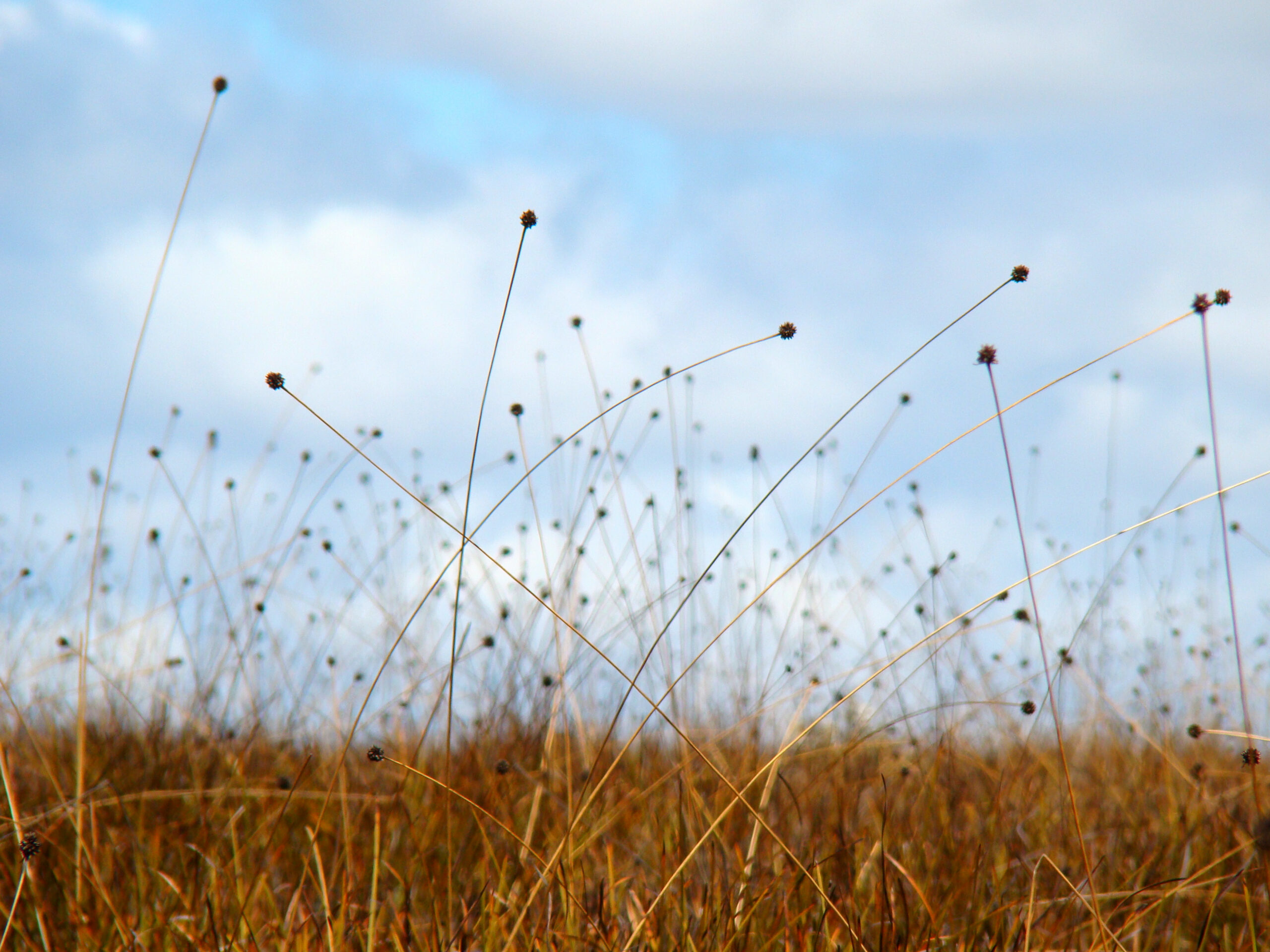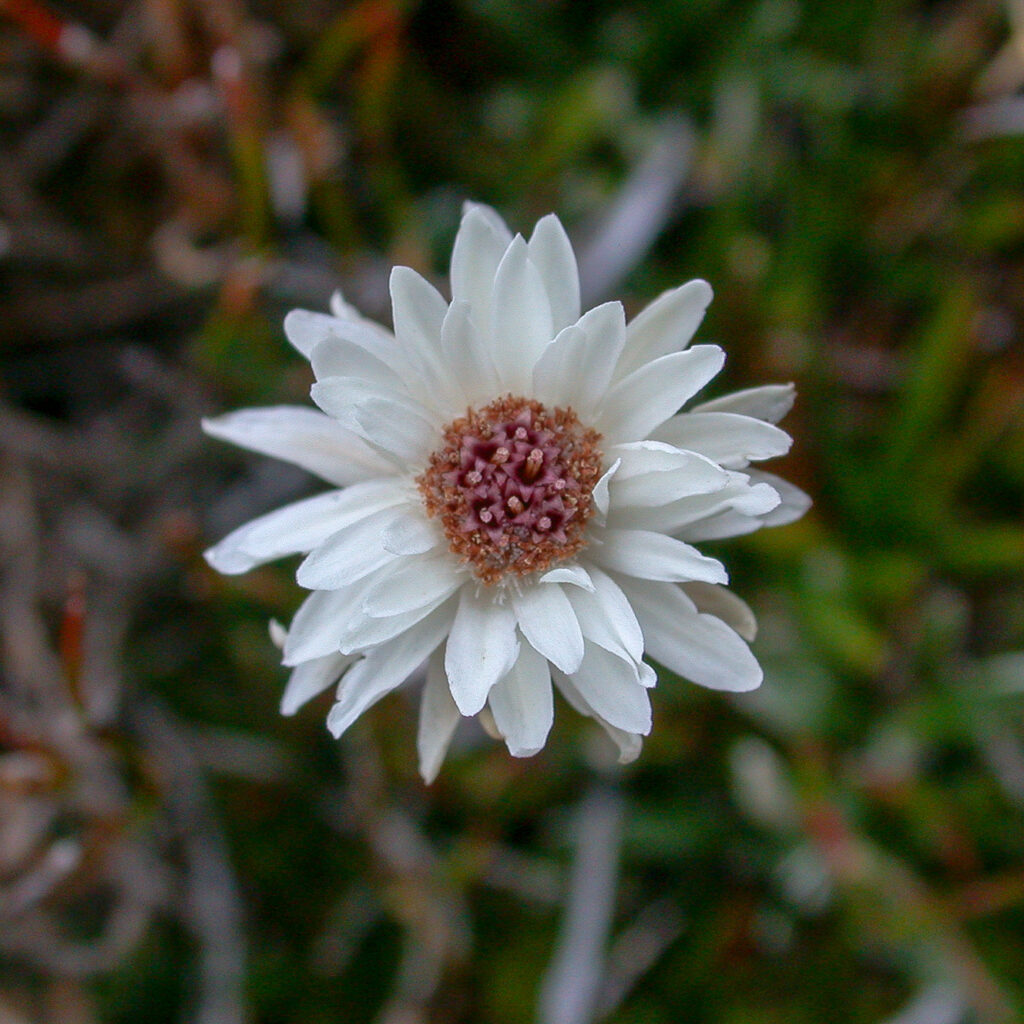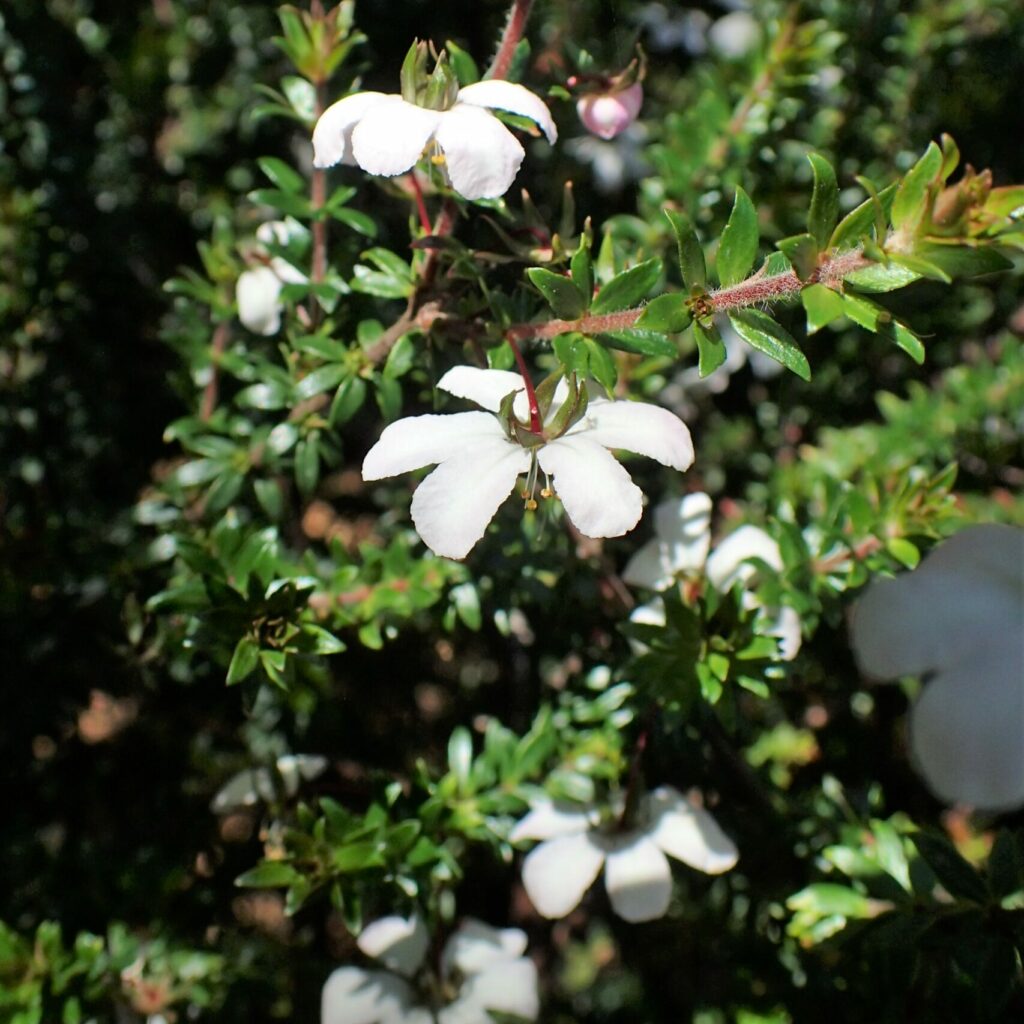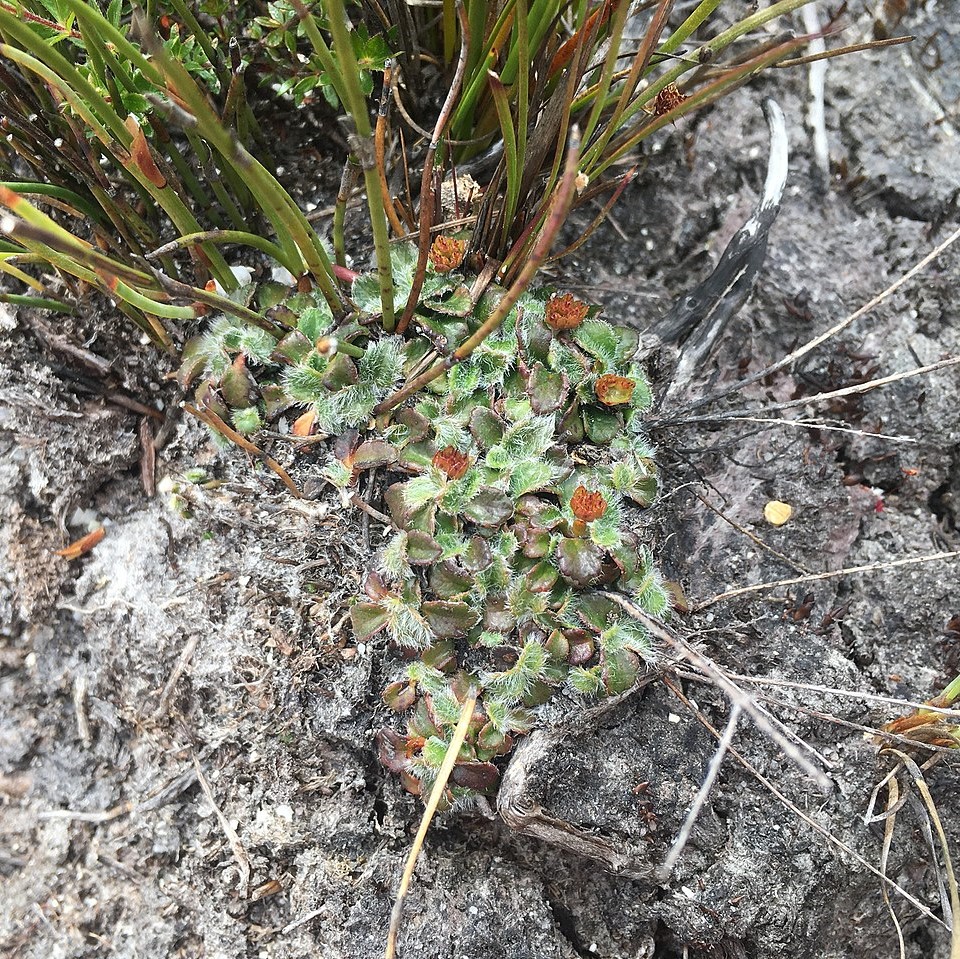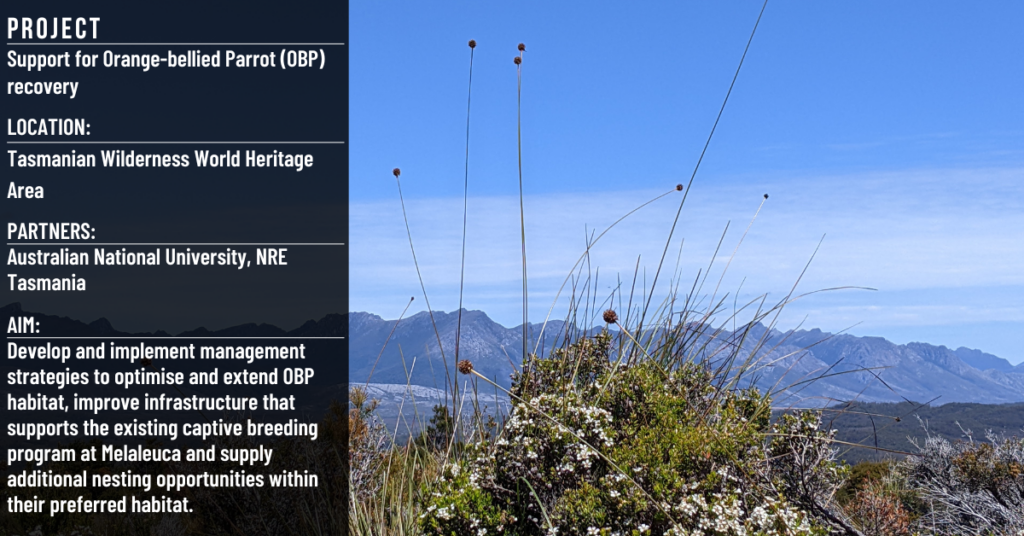Melaleuca, located in the Tasmanian Wilderness World Heritage Area, is the last remaining breeding site for the critically endangered Orange-bellied Parrot. Buttongrass moorlands in the Melaleuca valley are important foraging habitat for these colourful migratory parrots, whose diet includes flowers, fruit and seeds from a wide range of native sedges, herbs and shrubs.
Approximately 11,300 ha of potential foraging habitat lies within 6 km of Orange-bellied Parrot (OBP) nesting sites in the Melaleuca valley. Changes to fire regimes have seen only 8% of buttongrass moorland burned in the past decade, which may have reduced the quality of this important habitat.
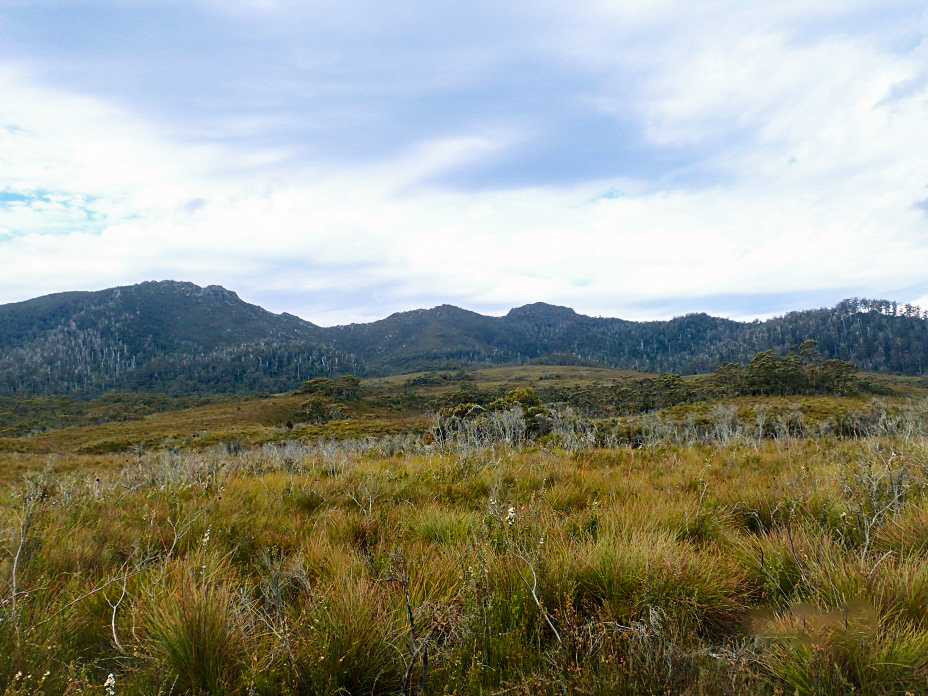
The Tasmanian Parks and Wildlife Service (PWS) have been carrying out regular ecological burns since 2017. Through a project supported by NRM South and funded by the Australian Government’s National Landcare Program, staff from the Natural Resources and Environment Tasmania’s (NRE Tas) Orange-bellied Parrot Program were able to monitor changes in OBP food plants over the last five years of planned burning, and make recommendations for future actions.
OBPs feed on the fruits of native rushes, as well as the seeds of shrubs and herbs including Boronia, heaths, everlasting, flannel flower, Bauera, swamp-heath and buttongrass. In the absence of fire, buttongrass moorlands are overtaken by dense shrubs that reduce flowering and seeding of some of the OBPs’ food plants.
Vegetation surveys carried out in OBP foraging habitat showed that low-intensity burns had a positive impact on the abundance and flowering of herbaceous (i.e. non-woody) plants within a year of burning. By ten years post-burn, the flowering and seeding of herbaceous species had waned, while woody shrubs and rushes were providing abundant flowers and seeds.
Although detailed knowledge of the local Aboriginal burning regimes of this region has sadly been lost, evidence suggests that burns were probably frequent (less than 20-year intervals), patchy and low-intensity, generally lit when the surrounding scrub, forest and alpine areas were too wet to burn (Marsden-Smedley & Kirkpatrick, 2000).
The results of these food plant surveys give further support to the importance of patchy mosaic burning within OBP foraging habitat and the development of recommended burn intervals that accommodate the different regeneration patterns and life cycles of food plants that OBPs feed on at different times within their breeding season.
NRE Tas were able to use the data from vegetation surveys to develop recommendations and targets for prescribed burns at Melaleuca over the next five- and ten-year periods, which included target areas for burning (size and location), burn intensity, timing and frequency.
Based on the outcomes of this study, optimising food availability for OBPs throughout the breeding season would involve:
- Continued focus on prescribed burning to improve abundance and flowering of herbaceous plant species in the short term, and of grass/grass-like flowering plants and woody shrub species in the medium term
- Burn intervals of no less than 10 years, to ensure slower-responding species have a chance to regenerate and reproduce before being burned again
- Retention of some long-unburned habitat to support species that respond poorly to burning. This could be achieved by retaining shrubby areas along creeks and moorland edges and/or unburned peat mound vegetation.
Achieving these targets would require consistent burning efforts and increased focus on the area north of Melaleuca. Planning burns based on the spatial and temporal recommendations will improve OBP foraging habitat within the breeding range even if time and resource constraints, and competing priorities for fire management, prevent all targets from being achieved.
While the burning prescriptions developed through this project are specific to the Melaleuca OBP population, the broad findings will be applicable to potential future release locations and expanded OBP breeding sites.
